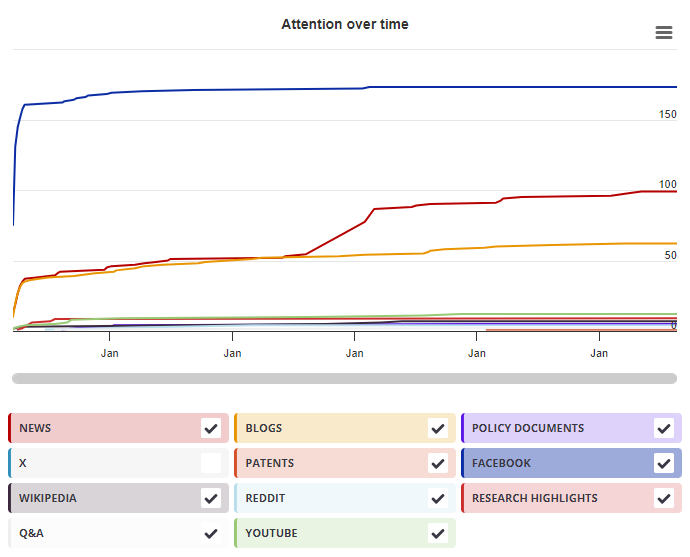| Chapter title |
Protein Engineering: Past, Present, and Future
|
|---|---|
| Chapter number | 1 |
| Book title |
Protein Engineering
|
| Published in |
Methods in molecular biology, January 2018
|
| DOI | 10.1007/978-1-4939-7366-8_1 |
| Pubmed ID | |
| Book ISBNs |
978-1-4939-7364-4, 978-1-4939-7366-8
|
| Authors |
Stefan Lutz, Samantha M. Iamurri, Lutz, Stefan, Iamurri, Samantha M. |
| Abstract |
The last decade has seen a dramatic increase in the utilization of enzymes as green and sustainable (bio)catalysts in pharmaceutical and industrial applications. This trend has to a significant degree been fueled by advances in scientists' and engineers' ability to customize native enzymes by protein engineering. A review of the literature quickly reveals the tremendous success of this approach; protein engineering has generated enzyme variants with improved catalytic activity, broadened or altered substrate specificity, as well as raised or reversed stereoselectivity. Enzymes have been tailored to retain activity at elevated temperatures and to function in the presence of organic solvents, salts and pH values far from physiological conditions. However, readers unfamiliar with the field will soon encounter the confusingly large number of experimental techniques that have been employed to accomplish these engineering feats. Herein, we use history to guide a brief overview of the major strategies for protein engineering-past, present, and future. |

X Demographics
As of 1 July 2024, you may notice a temporary increase in the numbers of X profiles with Unknown location. Click here to learn more.
Geographical breakdown
| Country | Count | As % |
|---|---|---|
| United Kingdom | 1 | 33% |
| Unknown | 2 | 67% |
Demographic breakdown
| Type | Count | As % |
|---|---|---|
| Members of the public | 3 | 100% |
Mendeley readers
Geographical breakdown
| Country | Count | As % |
|---|---|---|
| Unknown | 140 | 100% |
Demographic breakdown
| Readers by professional status | Count | As % |
|---|---|---|
| Student > Ph. D. Student | 31 | 22% |
| Student > Bachelor | 29 | 21% |
| Student > Master | 15 | 11% |
| Researcher | 13 | 9% |
| Student > Doctoral Student | 7 | 5% |
| Other | 3 | 2% |
| Unknown | 42 | 30% |
| Readers by discipline | Count | As % |
|---|---|---|
| Biochemistry, Genetics and Molecular Biology | 53 | 38% |
| Chemistry | 12 | 9% |
| Agricultural and Biological Sciences | 11 | 8% |
| Immunology and Microbiology | 4 | 3% |
| Environmental Science | 2 | 1% |
| Other | 12 | 9% |
| Unknown | 46 | 33% |